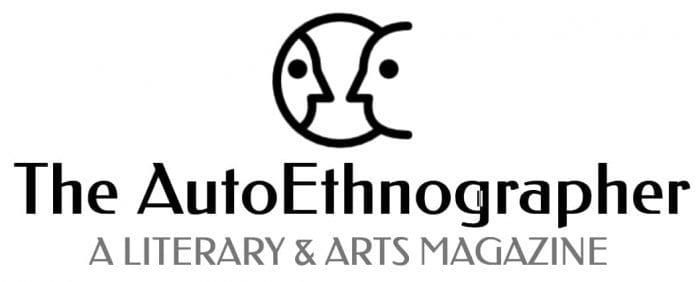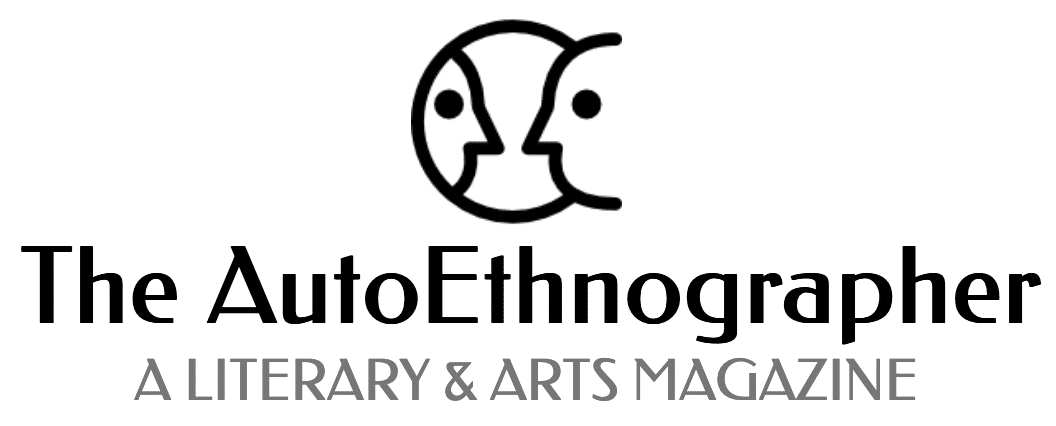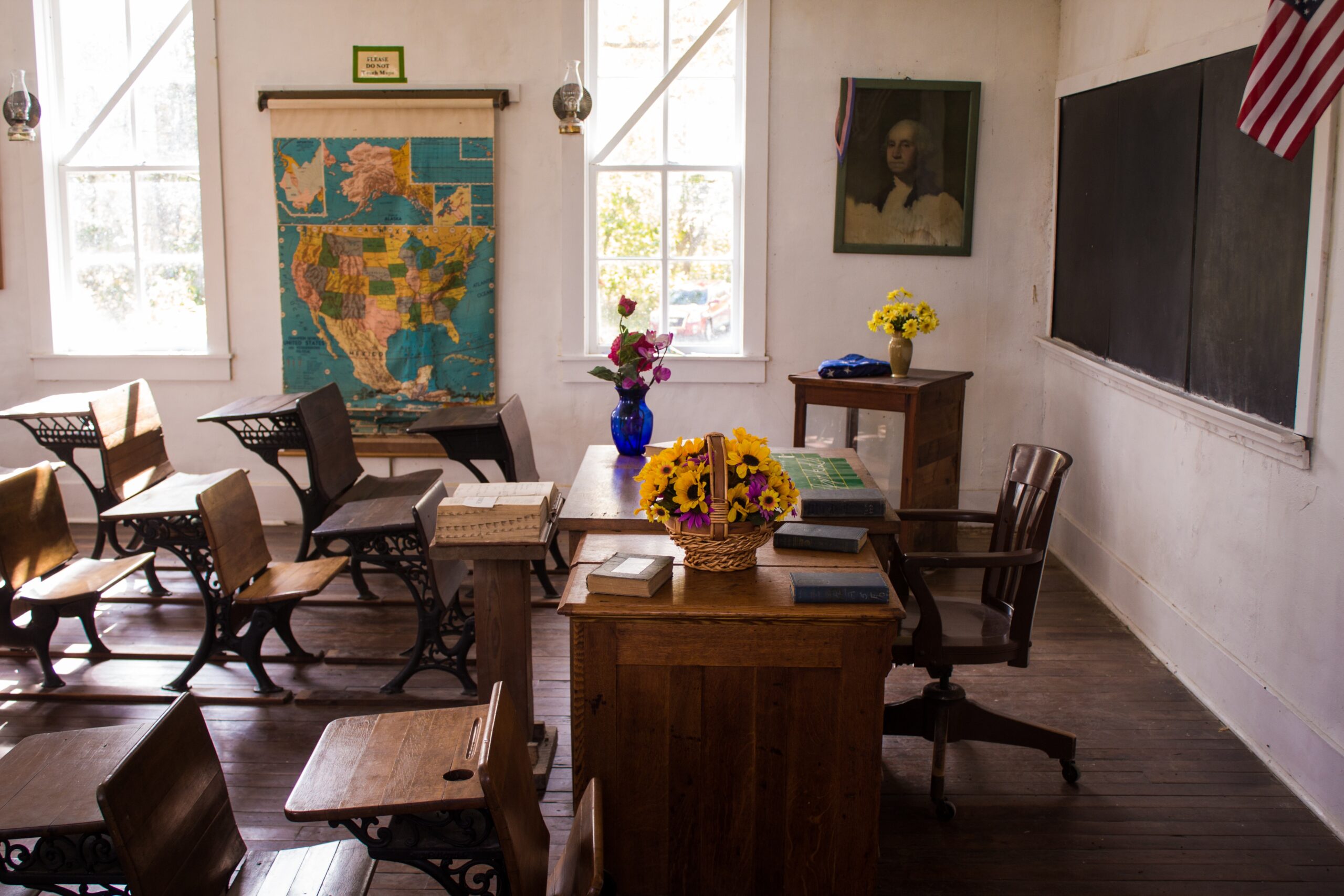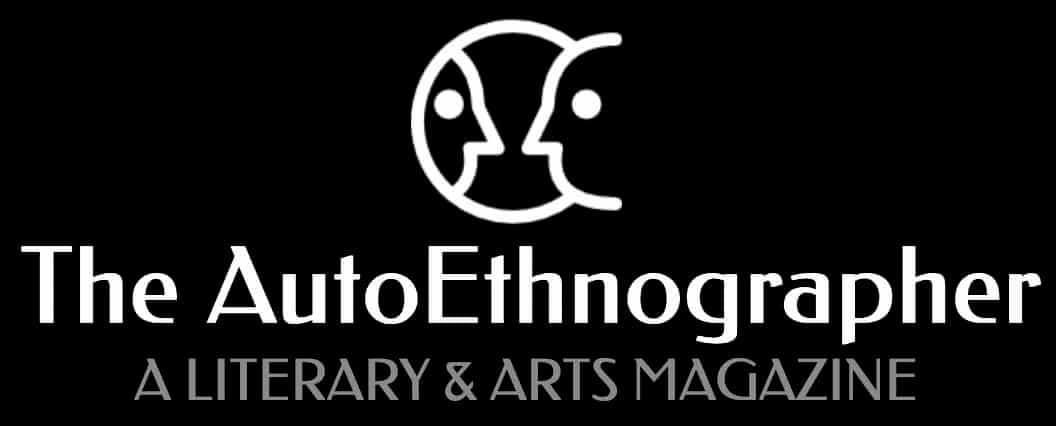This work shows that the benefits of reading multiple texts, each from a different perspective provides opportunities for students.
JoinedNovember 10, 2022
Articles1
As an educator, teaching about the rights of others and how various races and cultures should mix together, but the instances that society has inflicted have caused a poor perspectives. Writing about what happens within the walls of a classroom is something that I feel the need to express because there are methods that should be in the classroom, and others that should not. The government and all its political have created a universal stigma towards one group or the other and it goes against what educators are taught to do – creating a diverse, equitable, and inclusive classroom.
“The Danger of a Single Story” is a powerful phrase that stems from an author, Chimamanda Ngozi, who takes work and understands, and teaches, about how one story only gives so much information. This single story creates gaps and strong stereotypes in people, in education, in politics. Therefore, using various perspectives or multidimensional works, we can see that cultures/races/ethnicities have different perspectives and it is a matter of providing those texts to allow them to understand that they aren’t so different and also included.
Cultural fundamentals has been something I have been passionate about; especially equality and equity in the classroom. While using multicultural texts is a piece of this, it goes into the history classroom as they go in depth on civil war, civil rights, segregation, and everything in between. Comparing the ideas to other races can show the intolerances and how they suffer in different aspects. Students then move into an English classroom where they read a novel like Ceremony, or The Story of a Part-Time Indian and only gain one perspective and not others. Without understanding history, and culture, there are gaps in student comprehension.
In lieu of understanding, critical race theory, a term created by the far right back in 2021, takes the ethnic/race lens that many students use when reading to understand basic frameworks, and have forbidden the use of the lens as a whole. By taking this away from students, we are hindering students and they begin to struggle, but also could gain negative tendencies or ideas towards others. In a melting pot of a nation, accepting one another is the foundation of the United States. As an educator, there has been a lot that has been happening in terms of taking freedoms and abilities away from teachers and students that turn into dominos.
The work itself is autoethnographic because I have lived being told I can look at the civil war and when African Americans were set free and how it is inspired a novel or short story to only be denied that privilege. I’m tired of politics in the classroom. Religion and politics are two things that should never be in the classroom, nor should they ever cross. I have witnessed teachers getting yelled at, and/or being told that the novel, which was provided per curriculum, is not appropriate “for that grade level.” It is unfair and disrespectful to not give teachers credit where it is due, let alone having to micro manage because teaching about history of our nation is not “appropriate”. Teachers should come together and understand that we are not in this alone, even at the high school level. There is so much that intertwines together that it is unnecessary to not explore it.
“The Danger of a Single Story” is a powerful phrase that stems from an author, Chimamanda Ngozi, who takes work and understands, and teaches, about how one story only gives so much information. This single story creates gaps and strong stereotypes in people, in education, in politics. Therefore, using various perspectives or multidimensional works, we can see that cultures/races/ethnicities have different perspectives and it is a matter of providing those texts to allow them to understand that they aren’t so different and also included.
Cultural fundamentals has been something I have been passionate about; especially equality and equity in the classroom. While using multicultural texts is a piece of this, it goes into the history classroom as they go in depth on civil war, civil rights, segregation, and everything in between. Comparing the ideas to other races can show the intolerances and how they suffer in different aspects. Students then move into an English classroom where they read a novel like Ceremony, or The Story of a Part-Time Indian and only gain one perspective and not others. Without understanding history, and culture, there are gaps in student comprehension.
In lieu of understanding, critical race theory, a term created by the far right back in 2021, takes the ethnic/race lens that many students use when reading to understand basic frameworks, and have forbidden the use of the lens as a whole. By taking this away from students, we are hindering students and they begin to struggle, but also could gain negative tendencies or ideas towards others. In a melting pot of a nation, accepting one another is the foundation of the United States. As an educator, there has been a lot that has been happening in terms of taking freedoms and abilities away from teachers and students that turn into dominos.
The work itself is autoethnographic because I have lived being told I can look at the civil war and when African Americans were set free and how it is inspired a novel or short story to only be denied that privilege. I’m tired of politics in the classroom. Religion and politics are two things that should never be in the classroom, nor should they ever cross. I have witnessed teachers getting yelled at, and/or being told that the novel, which was provided per curriculum, is not appropriate “for that grade level.” It is unfair and disrespectful to not give teachers credit where it is due, let alone having to micro manage because teaching about history of our nation is not “appropriate”. Teachers should come together and understand that we are not in this alone, even at the high school level. There is so much that intertwines together that it is unnecessary to not explore it.



